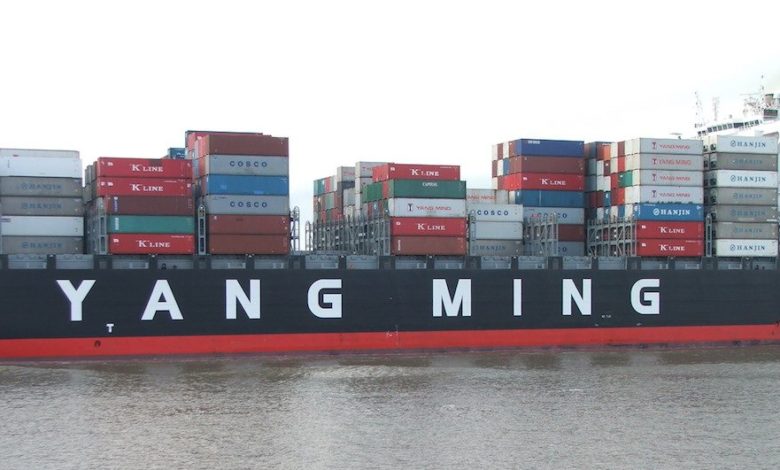Yang Ming strikes new path with Taiwan’s port body

Fresh from an injection of cash from the state Yang Ming Marine Transport has detailed plans to scrap 20 ships and to bring in a fresh wave of new tonnage.
State-backed Taiwan International Port Corp (TIPC), which oversees the island’s main terminals, converted $343m of debt owed by Yang Ming into an investment, in the process switching from being a creditor in the Keelung-headquartered line to become a shareholder.
Taiwan’s minister of transportation and communications, Hochen Tan, stated this week that he sees the two parties working much closer together going forward.
Yang Ming’s chairman Bronson Hsieh, formerly number two at Evergreen, has outlined how the company will rejig its box fleet.
Twenty ships ranging in size from 3,000 teu to 8,000 teu will be retired in the coming years, with Yang Ming then looking to either build or charter in a swathe of new, larger tonnage with a focus on trades in Southeast Asia, a region ports company TIPC is also keen to invest in as it seeks overseas expansion. The pair have already invested together in a container freight station in Surabaya, Indonesia, Hsieh revealed.
Amid unprecedented consolidation seen in the container sphere over the past three years, combined with a series of dire financial results, the future of Yang Ming, currently the world’s eighth largest liner with just shy of 600,000 slots, has been the source of much conjecture in 2017.

To refocus on Intra-Asia, the largest trade-lane with reasonable growth prospects would appear to make a lot of sense – that is probably what HMM should have also done. If that can be supported by port and inland assets to offer a greater array of services, this is also looking good strategy. YM would be a major player in that market for sure. Only thing is… it will not require ships in excess of 8,000 TEU capacity – so that part confuses me a little???